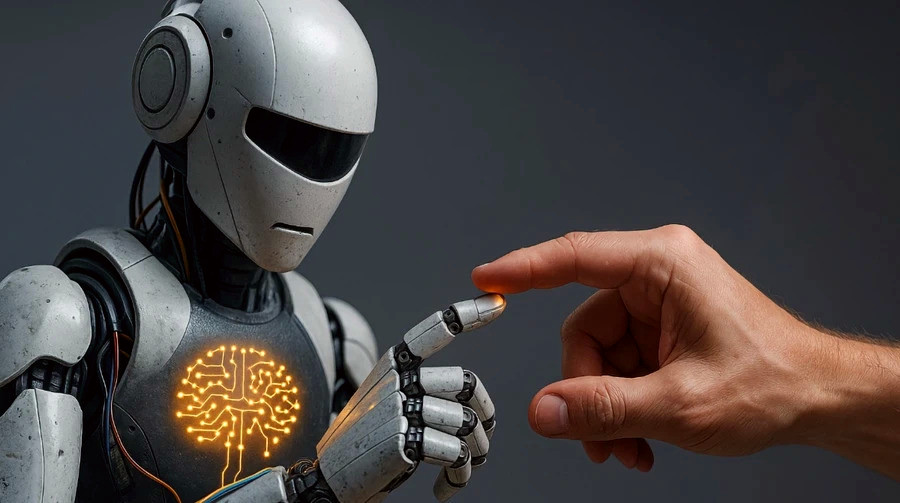A team of scientists from the Korea Advanced Institute of Science and Technology (KAIST) has developed a novel artificial sensory nervous system for robots, capable of differentiating safe touches from potentially dangerous ones, mimicking the responses of living beings. This was reported by Interesting Engineering.
This innovative technology is based on a neuromorphic semiconductor — a new type of memristor that enables responses to external stimuli without the need for complex software or high computational power.
In both animals and humans, familiar stimuli, such as the noise of an air conditioner or the sensation of clothing, are ignored over time, while new or threatening signals, such as a sudden touch or pain, provoke an immediate reaction. This mechanism operates through two processes: habituation (diminishing response to repeated safe stimuli) and sensitization (increasing response to threatening stimuli). The KAIST team has managed to replicate these mechanisms in an electronic format.
The key innovation lies in the unique design of the new memristor. Unlike previous models that could only change conductivity in one direction, this device includes an additional internal layer that allows conductivity to be altered in the opposite direction. This enables the memristor to reduce sensitivity to repeated touches while quickly activating in response to painful signals.
To test the development, researchers integrated the system into an artificial hand. Initially, it responded to every touch. However, over time, if touches were repeated without threat, the response diminished. When the same touches were combined with electrical currents, the hand became highly sensitive again.
This breakthrough demonstrates that artificial nervous systems can be compact, energy-efficient, and operate without complex software, paving the way for a new era in robotics.
